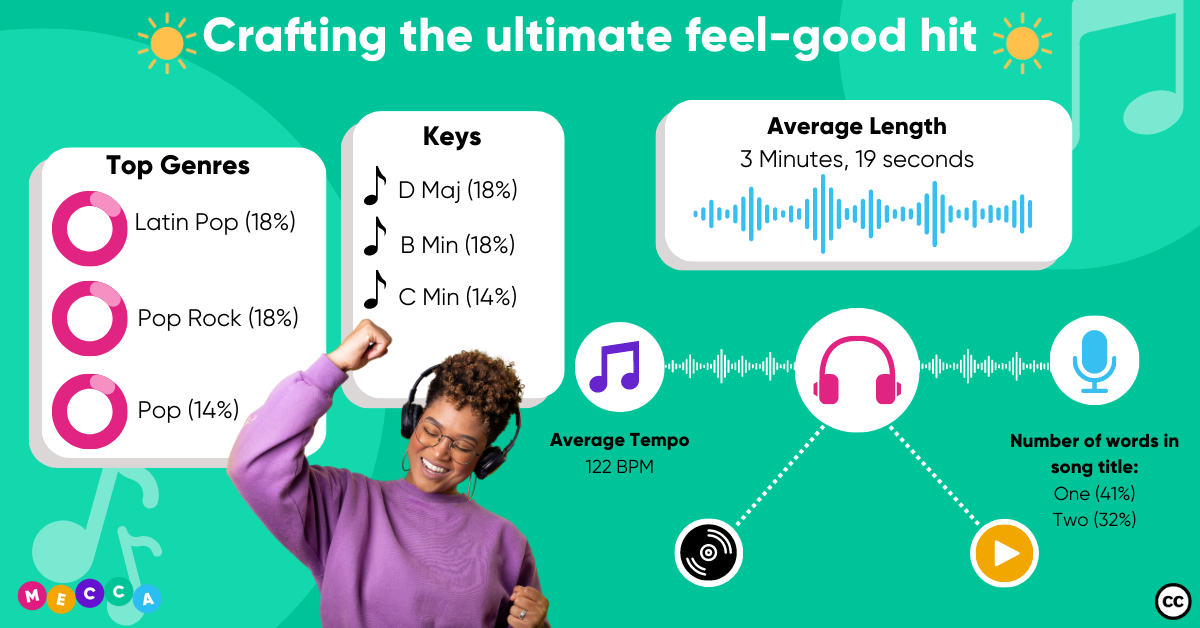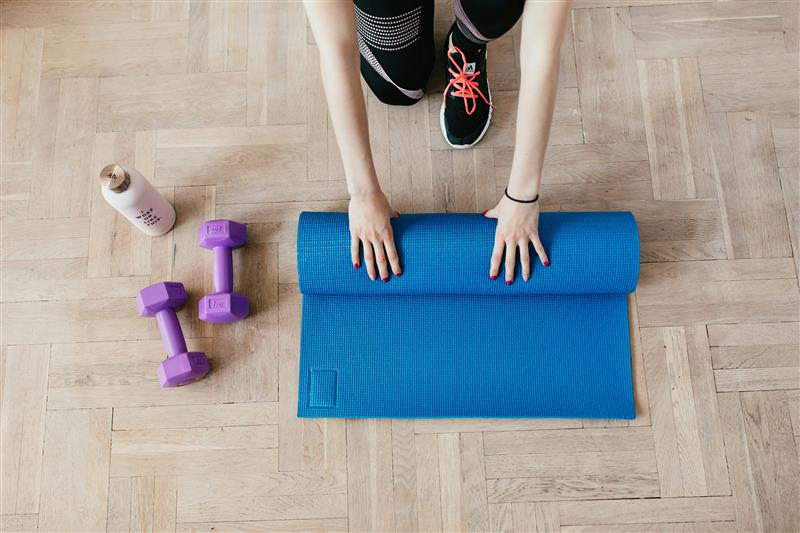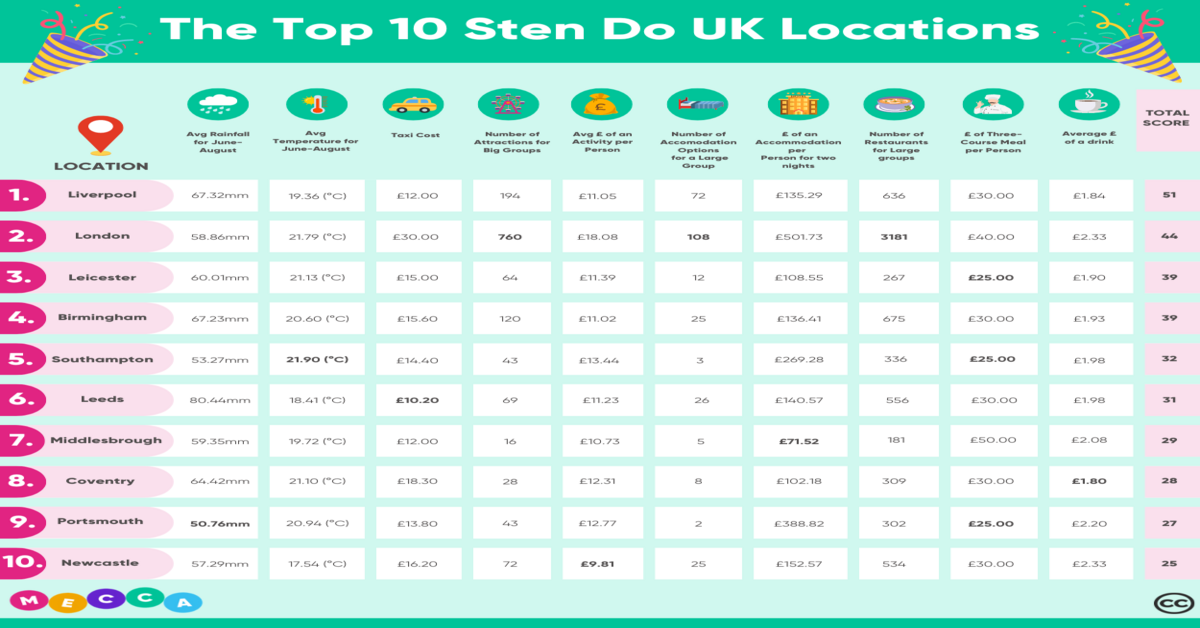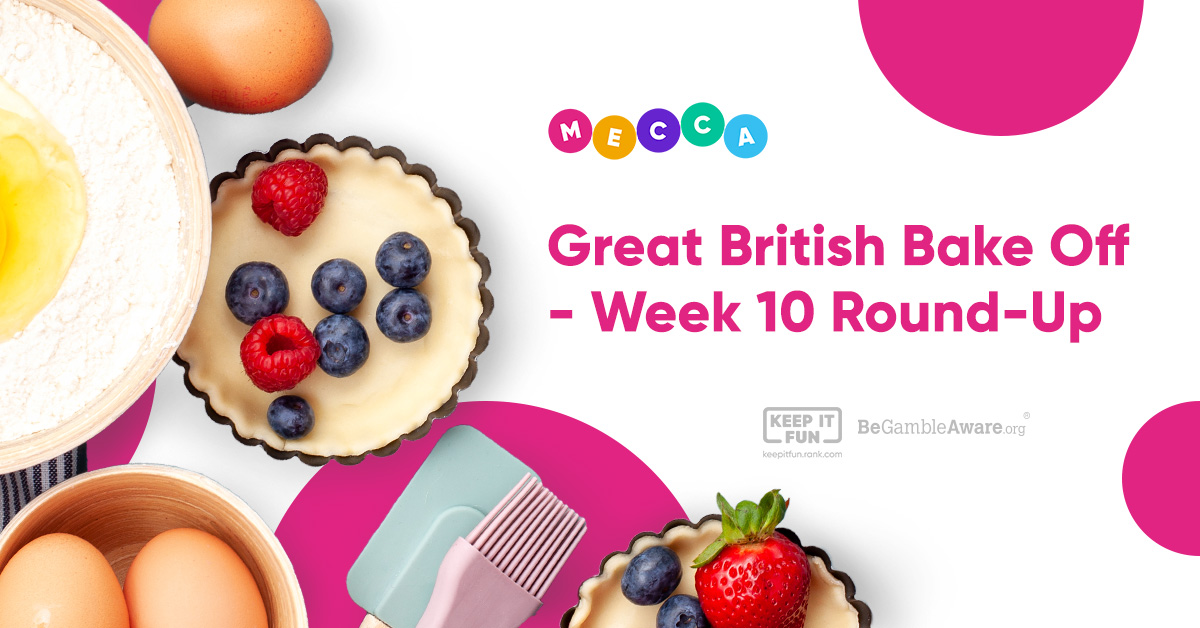Create a chart-topping feel-good Summer Song

Music is a part of many people’s day-to-day routines, whether it’s during a daily commute, whilst cooking or even just as background noise. Listening to feel-good summer songs can be uplifting and help to inspire positivity and even be useful when exercising so you can push through the last 1km of a run or the final set of a workout.
With artists releasing feel-good songs for the final summer celebrations and as searches for ‘feel good songs’ have seen a +1,300% increase in the past 12 months*, we want to find out if there really is a winning formula for creating a catchy feel-good song.

We analysed UK Chart Data of number one feel-good songs from the past 5 years, including characteristics such as the genre, key and BPM, to uncover if the winning formula behind creating an upbeat anthem exists.
We then spoke to the Professor of Music at the University of Leeds, Professor Edward Venn, who provided his musical expertise to delve deeper into the feel-good factors and add greater context.

Top Genre Types
Our analysis found that the top genres for number one feel-good songs are Latin Pop (18%), Pop Rock (18%), Pop (14%), Reggaeton (14%) and House (14%), with an average tempo of 122BPM. The data also revealed that 3 minutes 19 seconds was the average length of a feel-good anthem.
Professor Edward Venn explained:
“Findings of the average tempo being 122 bpm reflects a recent trend in popular music to move away from a slower average speed towards something a bit faster. The reasons for this general shift might be attributed to a number of things. However, in the context of feel-good #1 records in particular – which tend to celebrate the good things in life – it also reflects a preference for genres such as Latin Pop and Pop Rock, both of which tend towards more up-beat tempos than, say, southern hip-hop or trap. This is also reflected in the average length of the tracks, which, in common with much recent popular music, clocks in at an average of 3 minutes and 19 seconds.
The faster bpm of these genres, and associated feel-good factors are reasons behind why these may be chart-topping. Latin Pop in particular benefits a host of features that conjures up mental and visual imagery of good times in hot, sun-kissed locations. These features include characteristic rhythms, instrumental sounds, imagery (think of the various videos presenting beaches, yachts….), and ideas.”
Most Common Keys Used
As for the most common keys used, the analysis uncovered that D Maj (18%) and B Min (18%) were the most popular, whilst C Min (14%), A Min (14%), G Maj (9%) and F Maj (9%) were also found to be common keys used across feel-good hits.
For further insight, Professor Edward Venn described:
“Over half of the songs analysed employ the most common keys found in popular music. Reasons that songs are in particular keys depend on a host of factors including where the melody sits in the singer’s vocal range and the way particular instruments resonate in any given key. Perhaps most important here, is the way in which the choice of key and the general pitch of the melodic line encourages singing along.”

The Magic Ingredients
To conclude, Professor Edward Venn states:
“What makes a feel-good number one record? It’s a simple question, however there’s no simple answer: if people knew the magic ingredients, everyone would be writing #1 hits, and we could all go and retire to our holiday villas and enjoy listening to the next hit that comes around.
Given that context plays such a big role in how audiences encounter, and respond to, the music they hear, it is likely that future feel-good #1s will continue to defy expectations. Feel-good songs relate in their different ways to events and popular TV shows happening at the time, as these songs capture the public imagination in varied ways.
Still, there are certain notable characteristics that can be found in many of the songs that suggest context might not be everything: there are certain key ingredients that can often be found in these hits.
However, although it’s possible to identify some of the key ingredients of a feel-good hit, the alchemy that transforms these ingredients into an ear worm remains a mystery.”
Sources:
*Keyword Tool
For more interesting insights, stay up to date with our blog and check out our socials below.






